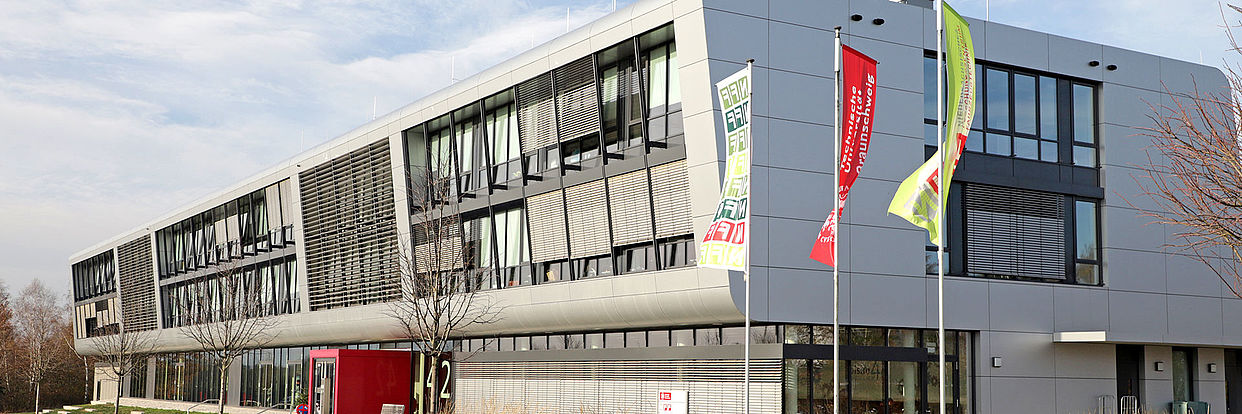
The current practice of traffic engineering, especially at network nodes which are the most complex infrastructure elements, relies on a punctual-in-time knowledge of traffic demand, characteristics, properties and performance, as only a field presence (either with personnel or devices) in a short time of observation is possible. This limits the spatial coverage (network wide) as well as temporal coverage of the knowledge of all these dynamic parameters.
By achieving an optimal utilization of floating car data to fill these coverage gaps, we aim to not only optimize traffic management reactiveness and adaptability, but also rethink the current practice in traffic planning of assessing prospective and hypothetical situations with a better dimensioning accuracy and a better adapted infrastructure spending.
Experimenting intensively with Floating Car Data in different situations and conditions requires more automation in raw data preprocessing yet keeping possible to adjust preprocessing parameters. A special tooling is built for this purpose.
Microscopic simulation is a good starting point to understand single trajectories’ relation to the macroscopic environment and evaluate the impact of aggregation (also accumulation, crowd-sourcing) and its extent in producing the required insights. Available real data exploration and the application of data mining techniques shape a more realistic understanding of the challenges and potentials.
The evaluation of the FCD-based estimation of parameters is based on an automated computer-vision originating ground truth to allow an easier reproduction of the experiments on different infrastructure elements.
The data basis of the research project are standardized and commercially available FCD as well as freely usable vector-based map data of the crowd-sourced supported and free map service "OpenStreetMap" (OSM). For further data processing and for the calculation of traffic quality indicators, the processed trajectories are stored in a software-spanning open-source GIS software (geoinformation system), which enables efficient use and at the same time economical archiving of geoinformation. The storage of the derived information within the GIS software guarantees the adequate representation of spatial contents within the application to be developed and at the same time ensures the use of existing standards. From now on, the research project will focus on the scientifically representative calculation of traffic quality indicators as well as the evaluation of existing quality standards. The aim here is to examine the possibilities of data-driven calculation of existing quality indicators (e.g. waiting times and backlogs) from current guidelines and, if necessary, to define additional resilient quality indicators as well as necessary requirement levels. The research project considers routes and intersections of urban and interurban roads.
The main focus of the research project is the real data-driven as well as simulative validation of possible quality indicators and existing or newly defined requirement levels. In order to achieve this goal, subnetworks of a real road traffic network (e.g. Hanover or Munich) are mapped by means of microsimulations and calibrated using travel times, traffic strengths and turning-off relationships. Necessary reference data will be collected via a separate measurement campaign using video evaluation, ANPR (Automatic Number Plate Recognition) measurements, loop data and GPS test drives. Signal technical supply documents of intersections are provided by the cities mentioned. The resulting simulation model serves from now on as a data source for the production of generic FCDs and as a reference model in the development process of calculation methods for deriving necessary quality indicators and requirement levels.